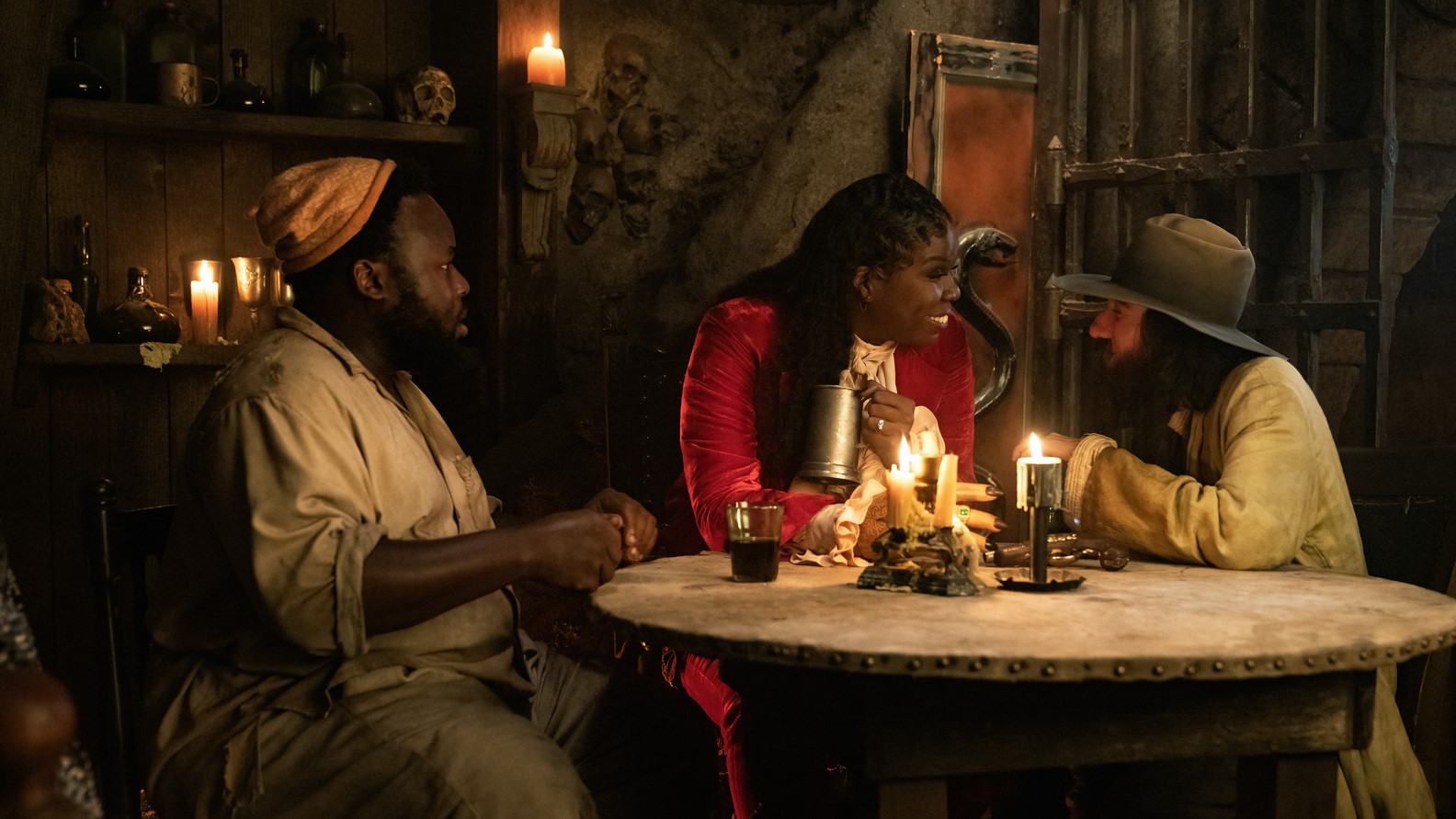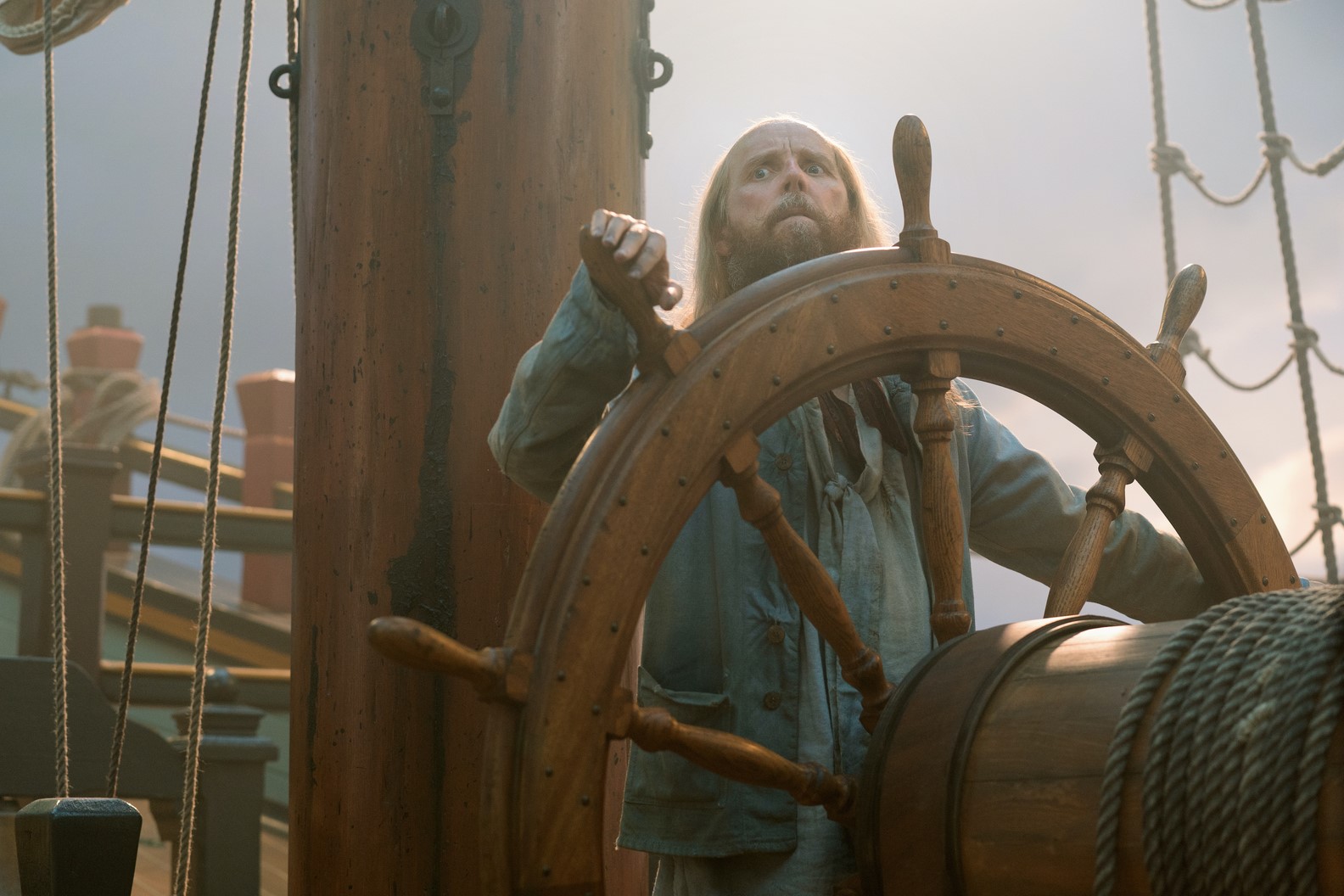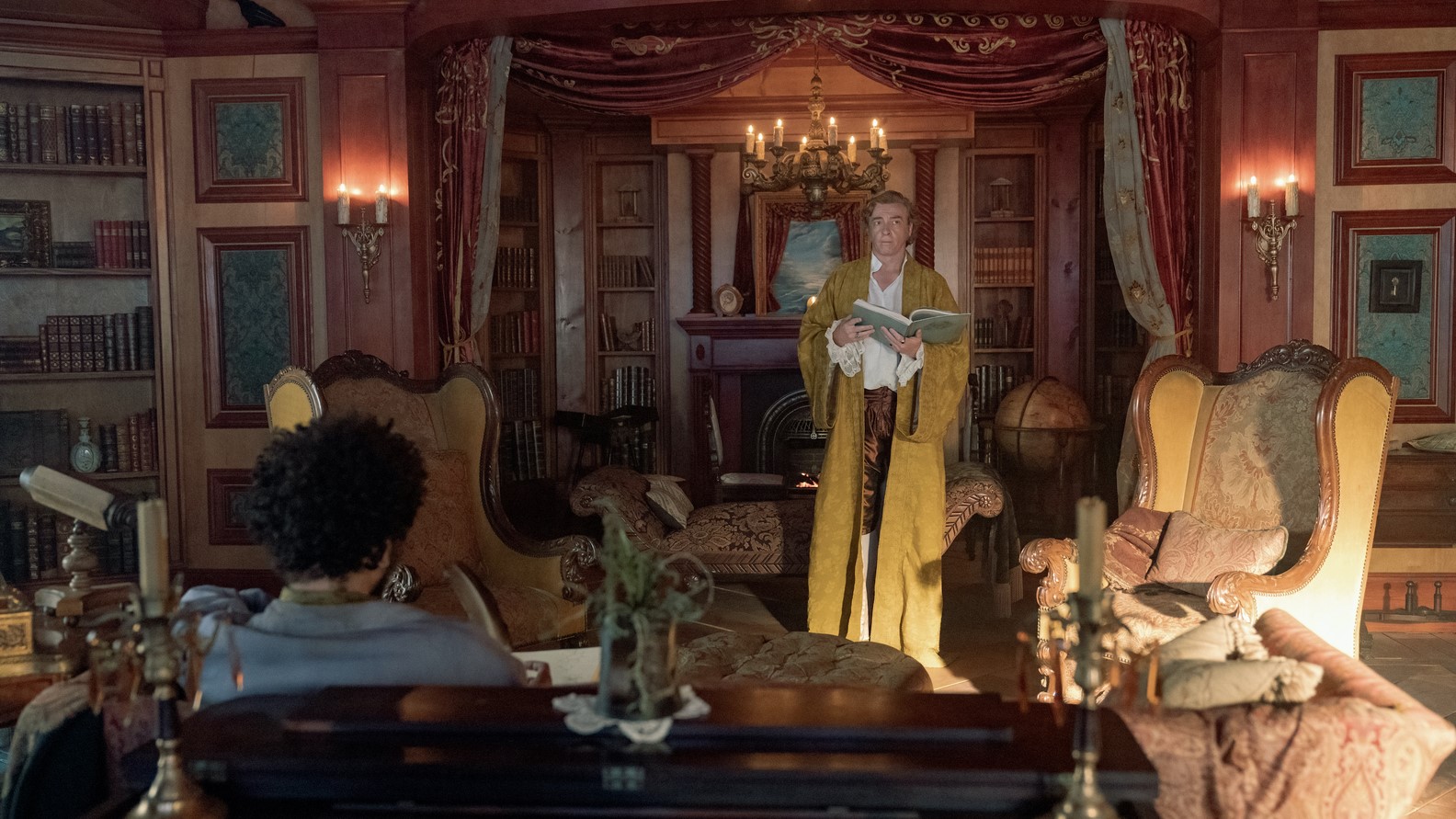Set during the Golden age of piracy, ‘Our Flag Means Death’ is a period comedy series. It revolves around Stede Bonnet (Rhys Darby), a relatively wealthy landowner, who one day leaves his wife and children to become a pirate. However, he has absolutely no idea how to be a pirate, let alone a pirate captain. His crew soon figures this out and tries to mutiny, but their attention is diverted following the arrival of the Royal Navy of England. Traveling on their ship, the Revenge, Stede and his crew reach the Republic of Pirates in episode 3. Here is everything you need to know about it. SPOILERS AHEAD.
Was The Republic of Pirates a Real Place?
Yes, the Republic of Pirates was a real place. Situated in Nassau on New Providence island in the Bahamas, the Republic of Pirates was an important hub of piracy. A confederacy of pirates governed the area by implementing the Pirate Code. Pirates became interested in the Bahamas in the mid-1690s, when privateer Henry Avery arrived at Nassau harbor, with loots from Indian trade ships.

After the attacks by a combined Franco-Spanish Fleet, the English forces left the island. Soon, privateers took over Nassau, and they gradually became pirates. As the pirate attacks in the area became a common occurrence, French and Spanish ships were regularly attacked and plundered. In retaliation, the soldiers of both French and Spanish Empires torched Nassau multiple times.
The confederacy was active from 1706 to 1718, and two renowned pirates — Benjamin Hornigold and Henry Jennings — were its leading figures. They put their rivalries aside and set up the notorious group known as the Flying Gang. Both Blackbeard and the real-life Stede Bonnet considered Hornigold as their mentor. Using Nassau as their base, these pirates wreaked havoc in the Caribbean and beyond.
The pirate republic came to an end when Woodes Rogers, who had been recently promoted to the position of the Royal Governor of the Bahama Islands, arrived in Nassau in 1718 and turned it back into a British colony. Many pirates living in the Bahamas accepted the King’s Pardon, earning clemency.
Was The Revenge a Real Ship?
Yes, the Revenge was a Real Ship. Having decided to become a pirate, Stede ordered a sixty-ton sloop to be built for him. This was remarkably unconventional, as pirates generally seize new ships, don’t build them. Initially, the ship had ten cannons. After a skirmish with a Spanish man-of-war, two more guns were added.

In 1717 in Nassau, Stede met Edward Teach, also known as Blackbeard, and a professional and personal relationship formed between them. At the time, Stede was severely wounded, so he relinquished control over the Revenge in favor of Blackbeard. He resumed command after they parted ways. But that didn’t last long. The crew failed to seize a 400-ton merchant vessel named the Protestant Caesar. The next time they encountered Blackbeard, most crew members decided to start working for the more seasoned captain. Blackbeard subsequently placed a man named Richards in charge of the Revenge.
Ultimately, Blackbeard betrayed Stede by looting the Revenge. Stede briefly tried out the life of a privateer before returning to piracy. He gave the Revenge a new name, the Royal James, and began using the alias Captain Thomas in the hopes of maintaining the pardon he had received earlier. During the Battle of Cape Fear River against the British Navy, Stede instructed the gunner, George Ross, to set off an explosion in the Royal James’ gunpowder magazine. Ross was reportedly willing to do so, but the crew ultimately surrendered.
Read More: Is Our Flag Means Death a True Story?


You must be logged in to post a comment.